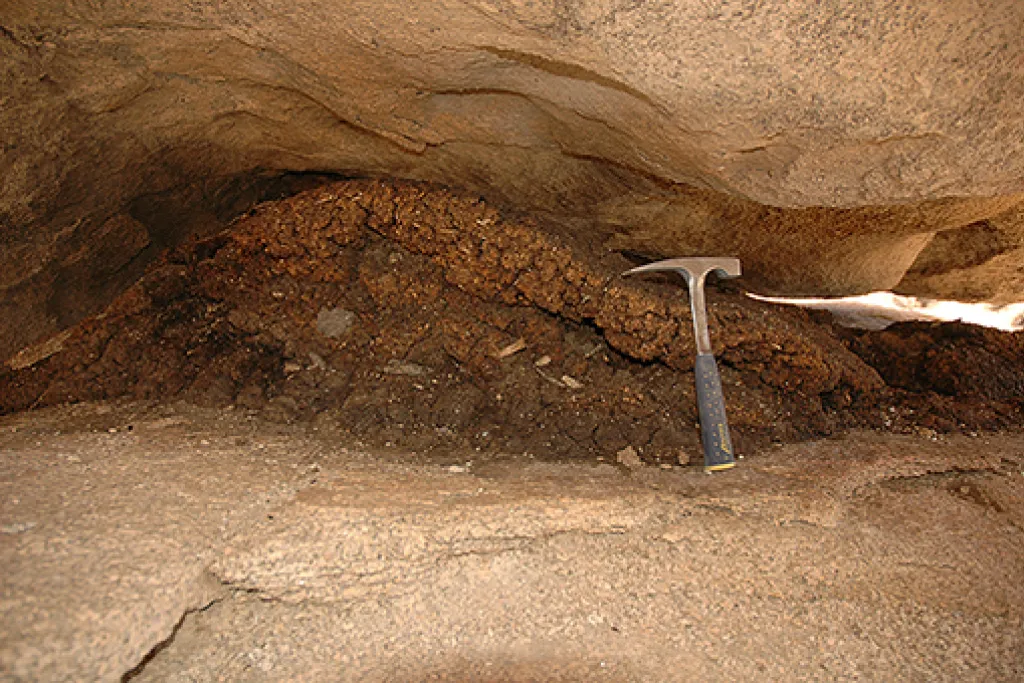
Insects leave scant DNA behind, and little of it is preserved over time. However, a Purdue University scientist has developed a novel way to use extraction methods previously reserved for ancient vertebrate DNA to isolate and amplify insect DNA, thanks to the urine-caked nests of ancient desert pack rats.
The technique is giving scientists their first glimpses of the genetic makeup of insects from more than 34,000 years ago. Aaron Smith, the lead author of the paper describing the work, received support from USDA’s National Institute of Food and Agriculture. For more information, read this Purdue University article.
Farm Bill Priority Areas
Agriculture systems and technology
U.S. States and Territories
Indiana

